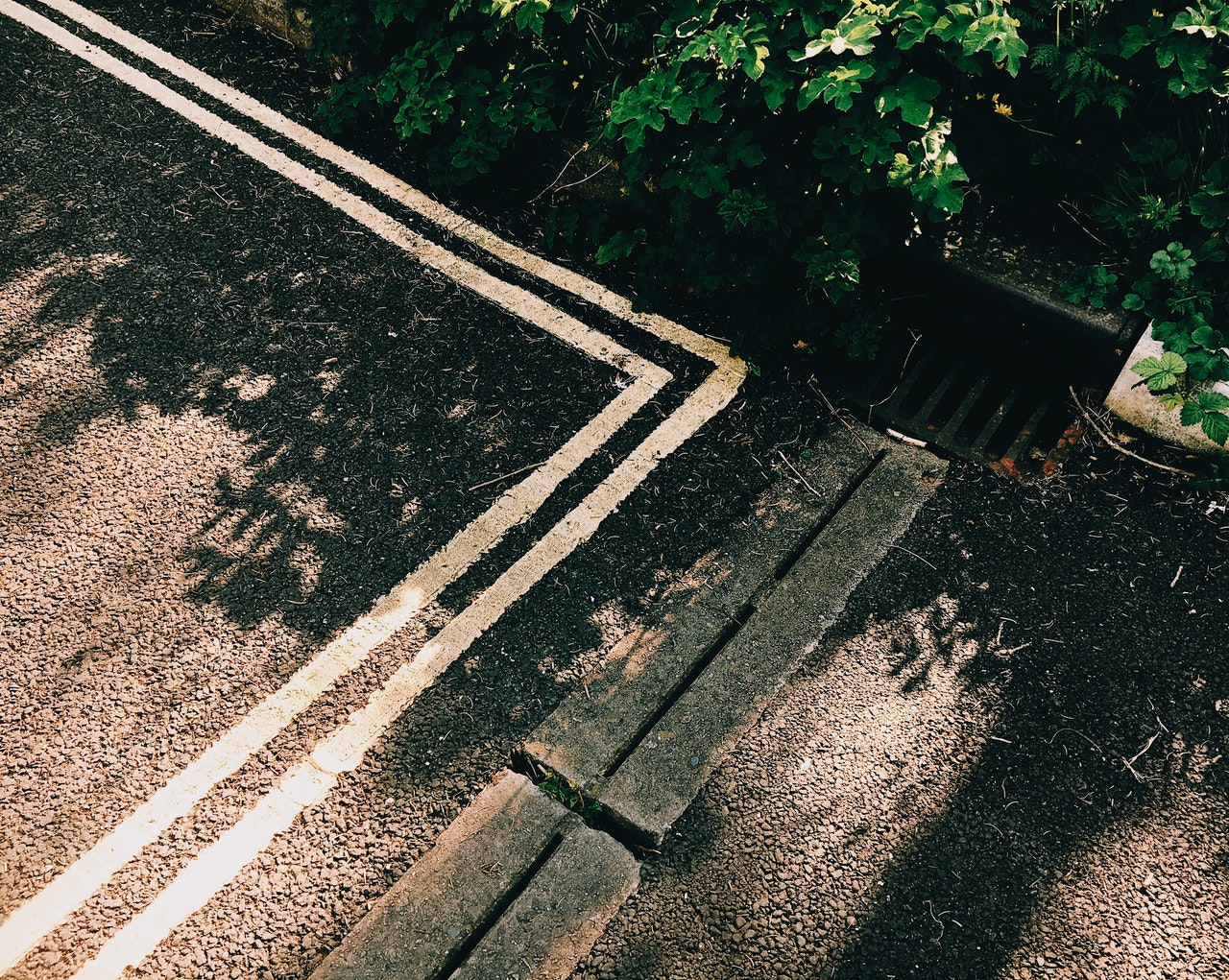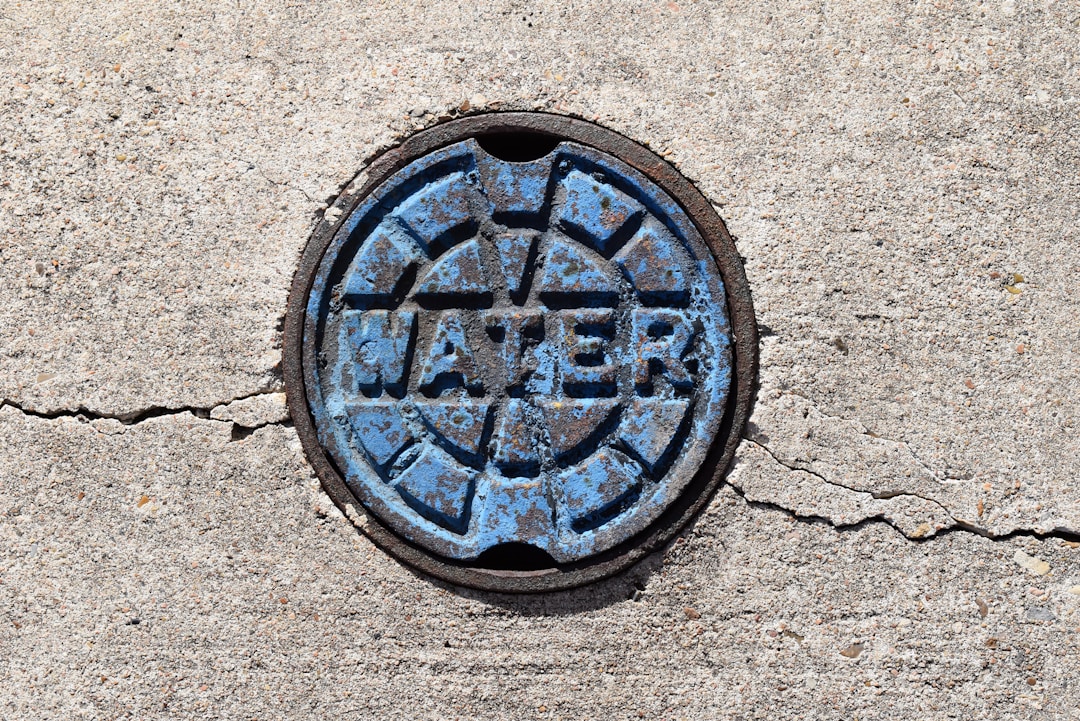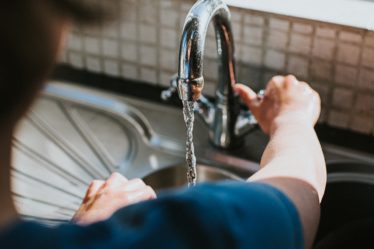
There aren’t many things that can frustrate a homeowner more than a chronic plumbing drain problem. Some drain clogs can be easy DIY fixes and require some gloves, a plunger, and a liquid drain cleaner. There are other chronic clogs, however, that might seem to reoccur frequently. Unfortunately, at some point, every homeowner will experience the frustration of clogged drain lines. While some of them are easily fixed, frequently occurring clogs could signal a problem with the main drain line. The plumbing pipes in most homes are all tied together to drain through the main sewer line.
From improper use of fixtures and pipes to foreign objects and environmental factors, over time your main sewer line can take a lot of abuse. If you have clogged sewer lines, it might be difficult or impossible for wastewater to properly drain through your home’s plumbing system. When you start to experience frequent backups and slow drainage, it might be time for a sewer line cleanout.
A cleanout isn’t going to be fun or easy, but it’ll be necessary to keep your plumbing operating smoothly. Let’s take a look at some ways to address a clogged main sewer line.
1. Sewer Pressure Release

When you begin to notice clogged sewer line symptoms, it might mean that you need to release the pressure from the sewer line. The first step will be to turn off the main water supply to the house either from the street or the well. You will then need to look around the yard, in the basement, or on the roof for your sewer cleanout line.
The sewer cleanout will be a small white pipe sealed with a screw-on cap. When you’ve located the cleanout line, you’ll want to remove the cap to release the pressure in the line. When you release the pressure in the sewer line, this could force any water that has backed up in your home to drain out.
2. Chemical Drain Cleaning

If tree roots have clogged your sewer line clog, there are chemical options to help you remove them. You can try flushing a chemical like copper sulfate down the toilet to kill tree roots. While this is effective at killing roots, it flushes away quickly, however, and may require several applications to clear the clog. Copper sulfate is also not safe for septic systems and may be prohibited by some municipalities.
Do some research before trying this. Alternatively, you could use a root-killing foam containing an herbicide. When flushed, the foam sticks to the pipes and kills the tree roots quickly. It will still take some time for dead roots to be flushed from your sewage pipes.
3. Professional Drain Cleaning
If the clog is beyond your DIY skills, you will need to contact a professional. Plumbing professionals have more tools at their disposal to unclog main sewer drain lines. A plumber will use a flexible cable known as an auger or drain snake to try and clear the clog. The auger is often powered and will be fed through the sewer line until the plumber reaches the problem. The auger will then break apart the clog. Plumbers can also rely on a high-pressure water jet to blow roots and other debris down the line.
4. Camera Inspection
If other methods fail to unclog your sewer line, you might need a camera inspection to take a closer look. A miniature camera is attached to a cable and fed through the pipe to look for problems. A camera inspection can reveal cracks and breaks in the sewer pipe as well as major clogs or tree root damage. It can also show problems in the line that require the help of the city sanitation department.
While some plumbing clogs are easy fixes and can be done by most homeowners, others will require a professional. The most important thing to do, however, is to take care of the problem immediately to prevent further problems. Taking care of your plumbing system with regular maintenance and refraining from flushing certain items can also help to prevent potential problems.


